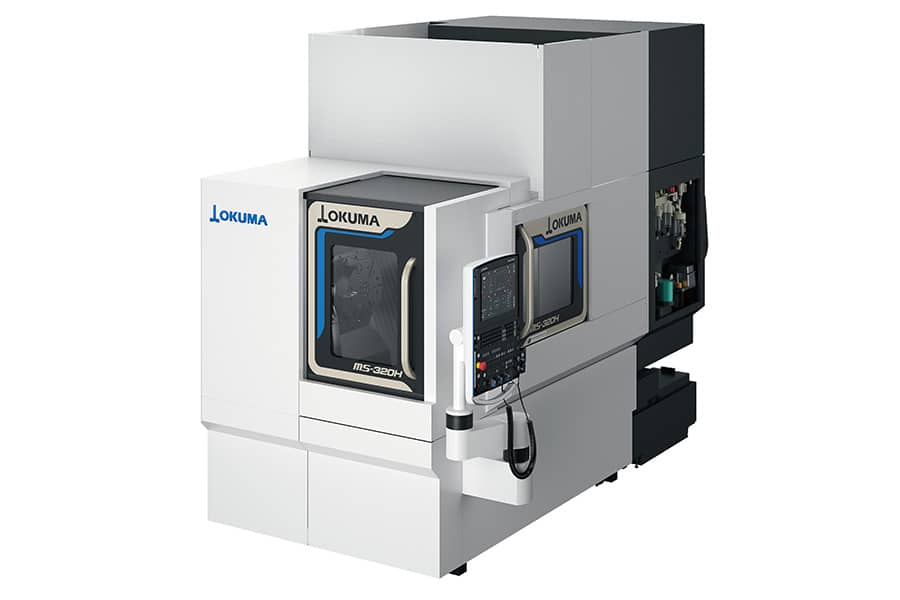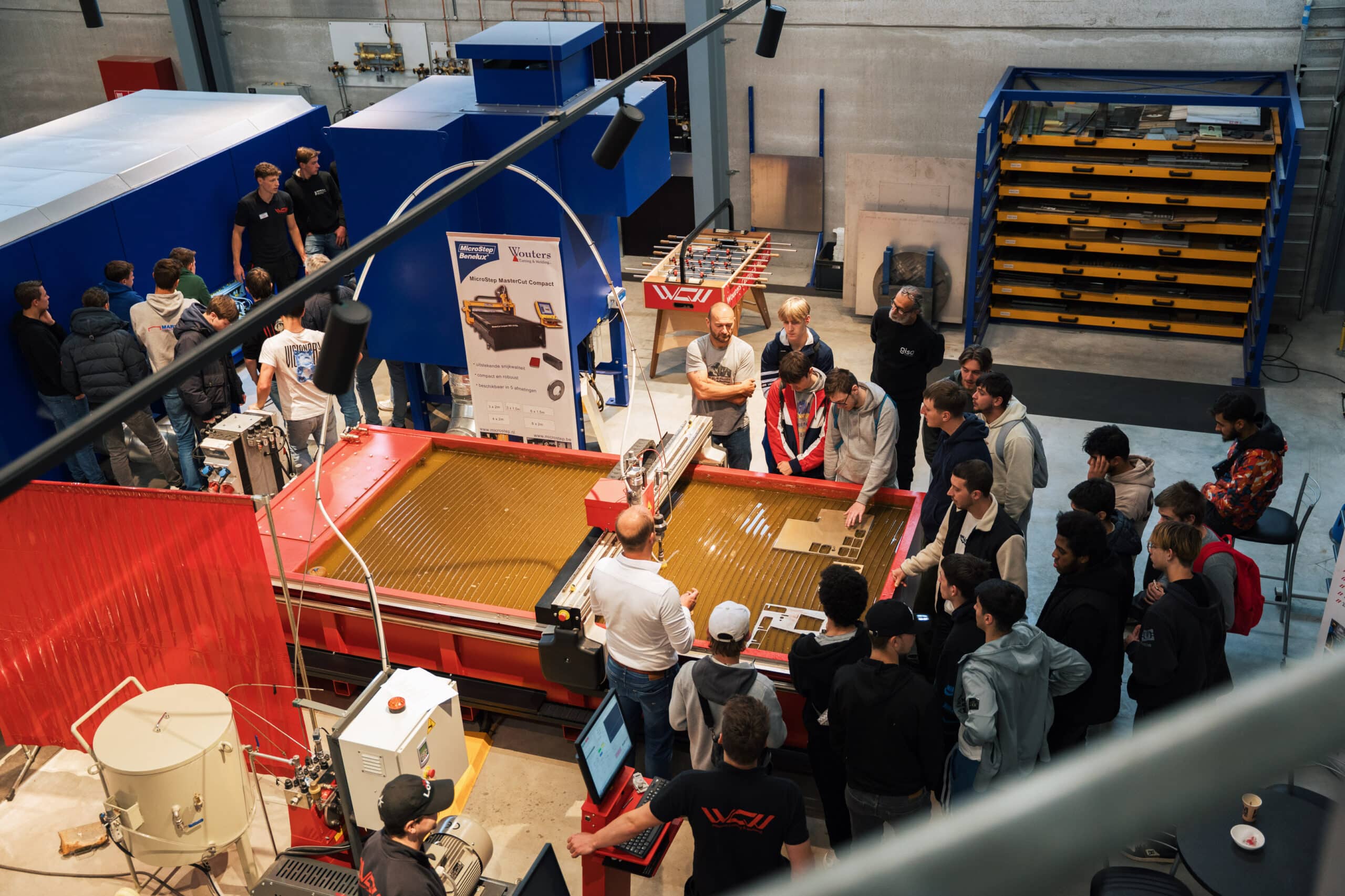
Fiber laser versus other techniques
The metal industry no longer needs convincing of the qualities of the fiber laser source. Fiber laser cutting machines are selling like hotcakes today because of their high speed, precision and quality, among other things. But what is behind this success? What do they have over other, more traditional techniques for cutting materials to size? In this article, we review their advantages over those methods.
Laser cutting has been well established in the metal industry for decades. It is a very precise way to deliver cuts with high quality and repeat accuracy, without having to come into contact with the material. A technique not limited to metals, by the way. Depending on the material to be cut, there is a variety of laser sources that provide the appropriate answer. In recent years, however, the fiber laser has won the battle, forcing the CO2 laser, which was previously the top choice, completely into the background. This has everything to do with its higher speed, minimal maintenance costs and time, and the ease with which it can be automated, thus significantly boosting users' productivity. But what are the keys to its success over other material cutting techniques?
Fiber laser versus CO2 laser
We already mentioned it briefly: compared to CO2 lasers, the fiber laser scores above all with its higher speed. In some thicker materials (above 25 mm) its quality of cut will still suffer, but in thinner materials its speed is indisputable. It cuts through them like a knife through butter and also excels over a CO2 laser in processing reflective materials. In thicker work, by the way, its performance went crescendo in recent years. With power levels already well above 24 kW to maintain its speed even in thicker plates and developments in laser beam technology to improve cutting quality, it now wants to knock out its competitors in this segment as well.
Fiber laser versus plasma cutting
Plasma cutting is a particularly affordable technique for cutting metal sheets to size. The investment is of a very different order, a gap it cannot close, even through the lower bill of energy consumption and consumables. The fiber laser then has to make do with its superior accuracy, quality and productivity, allowing cutting at a lower cost per piece.
Fiber laser versus waterjet cutting machines
Waterjet cutting is proving to be an excellent choice for cutting smoothly through thick materials above 25 mm. Materials that are by no means limited to metals: a wide range of other pieces can also end up on the cutting table of a waterjet cutting machine. Glass, for example, but also plastics or ceramics. But those who concentrate on metals and process the bulk of their orders under 25 mm will be better off with the fiber laser. After all, it guarantees higher turnaround time, more consistent quality, and less downtime compared to waterjet cutting machines.
Fiber laser versus EDM
EDM (electronic discharge machining) is a cutting technique based on spark erosion that scores high in terms of accuracy and minimal heat development in the material. Even down to the smallest dimensions and for contours with internally sharp corners, extremely consistent dimensions are guaranteed. A strong competitor, therefore, but in terms of speed it cannot keep up with the fiber laser. The fiber laser is up to ten times faster, while its accuracy is not too low.



